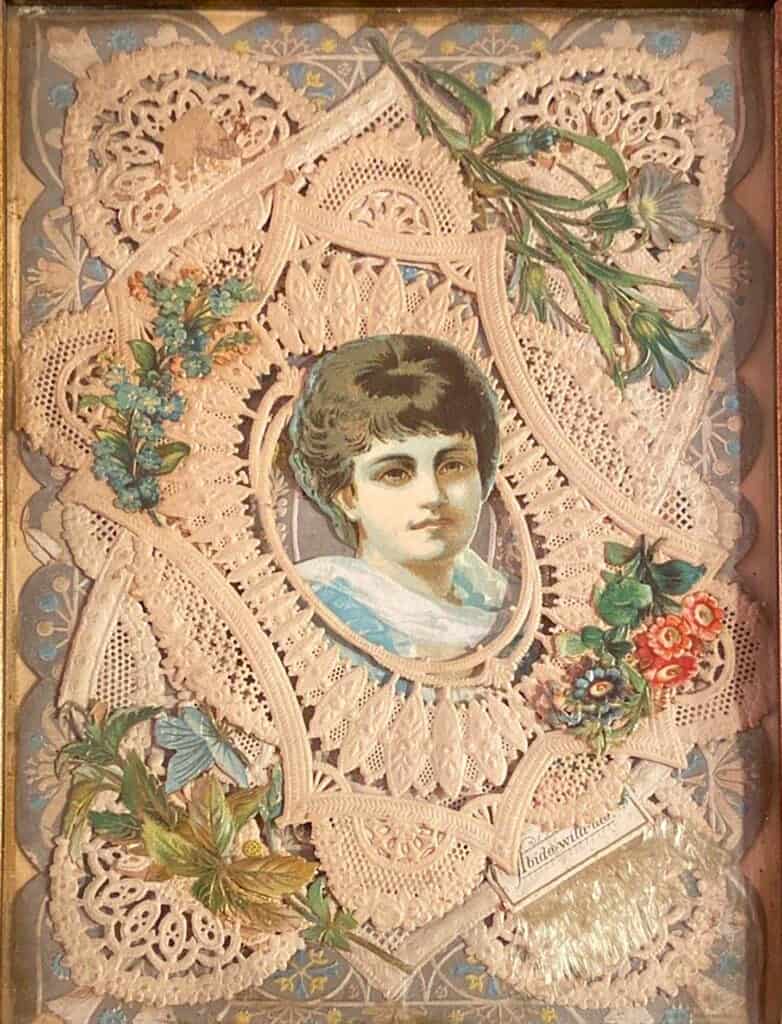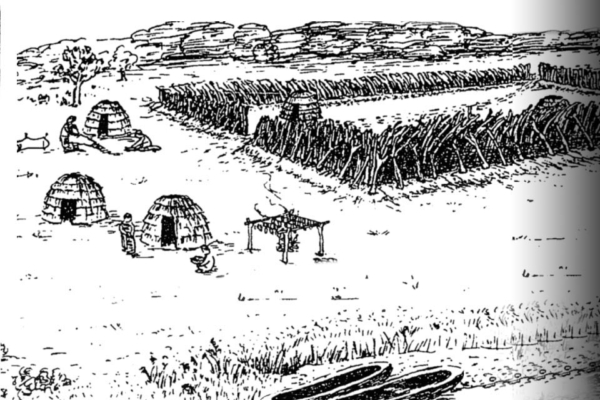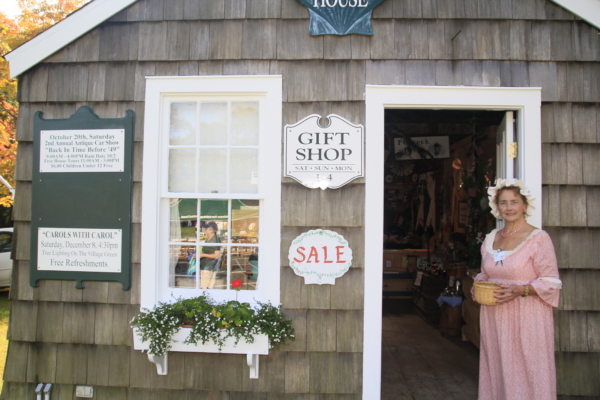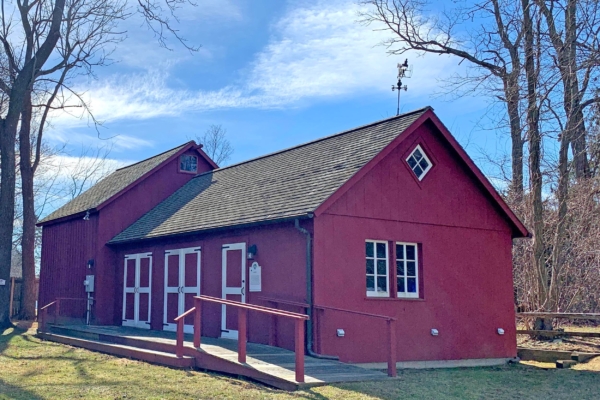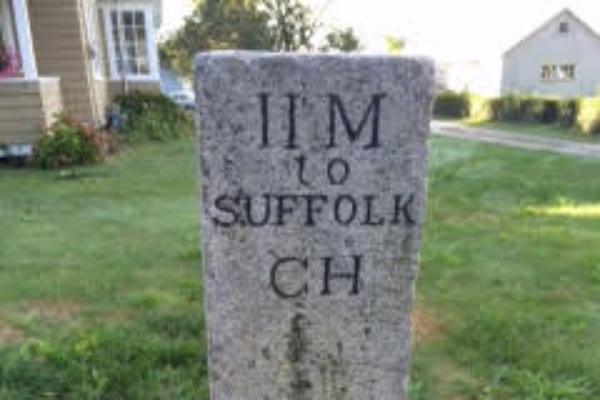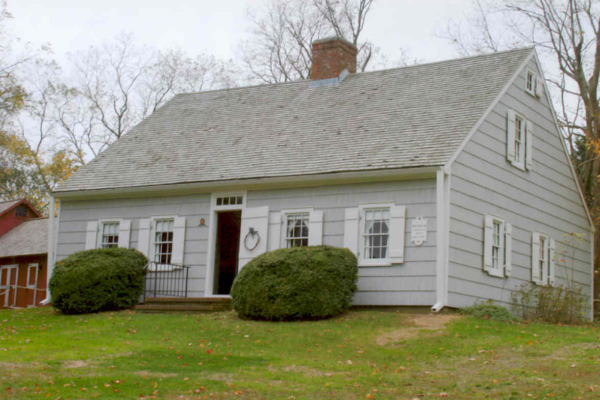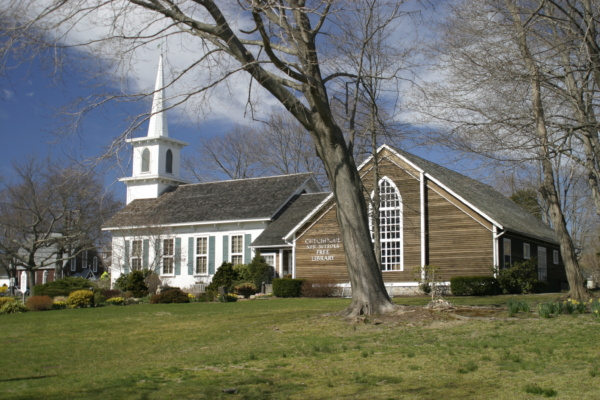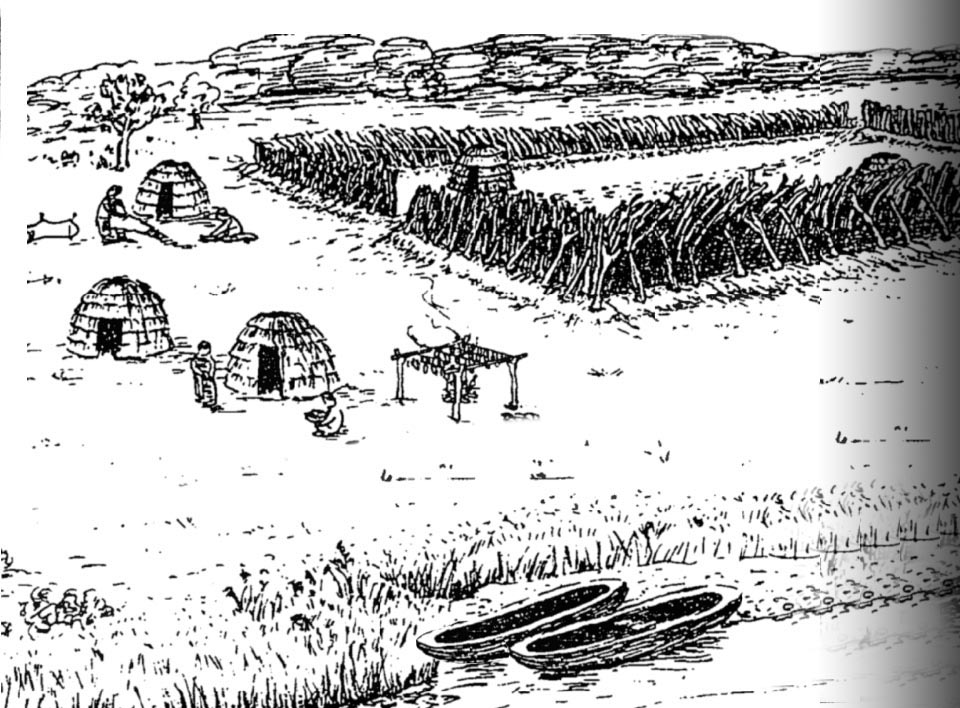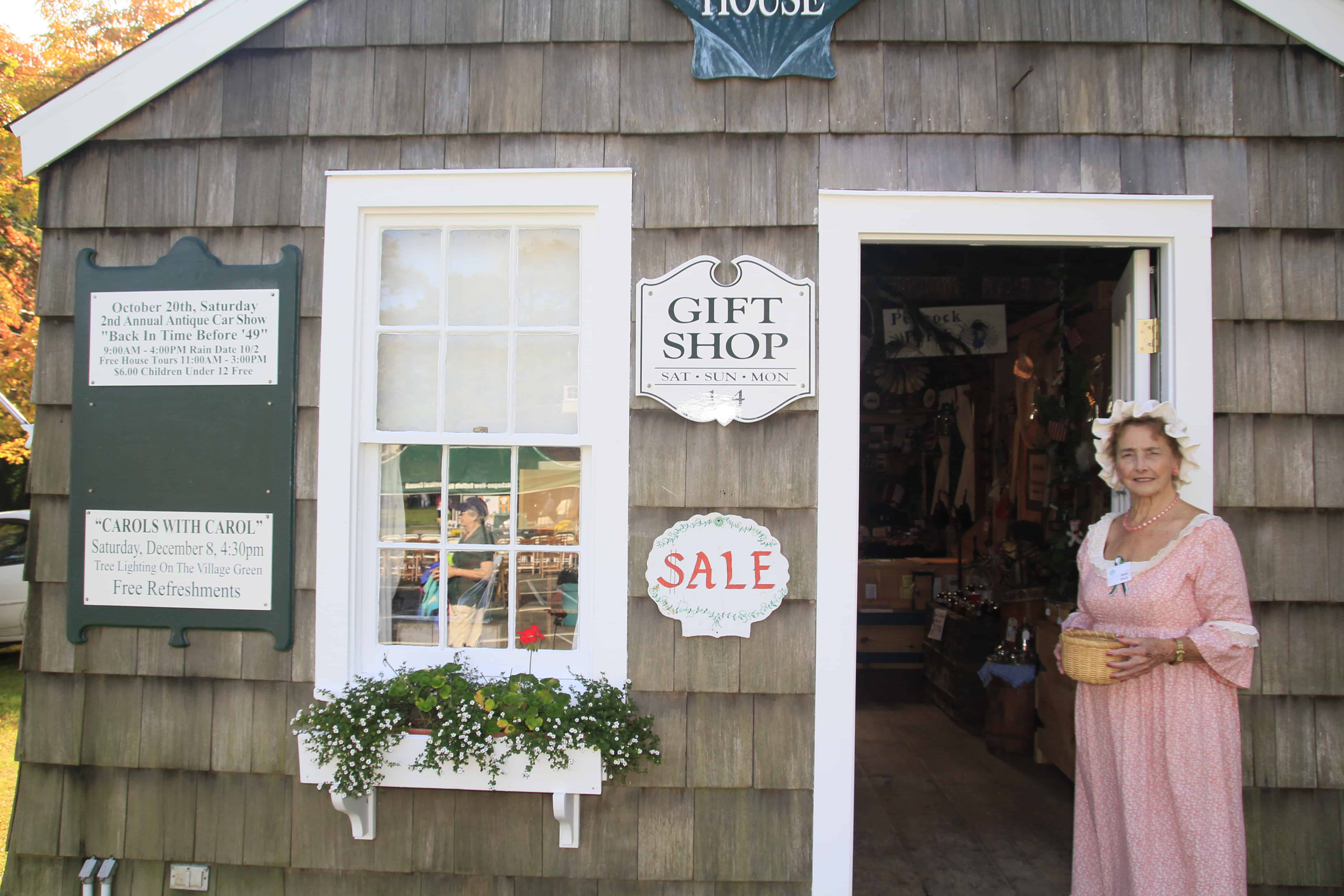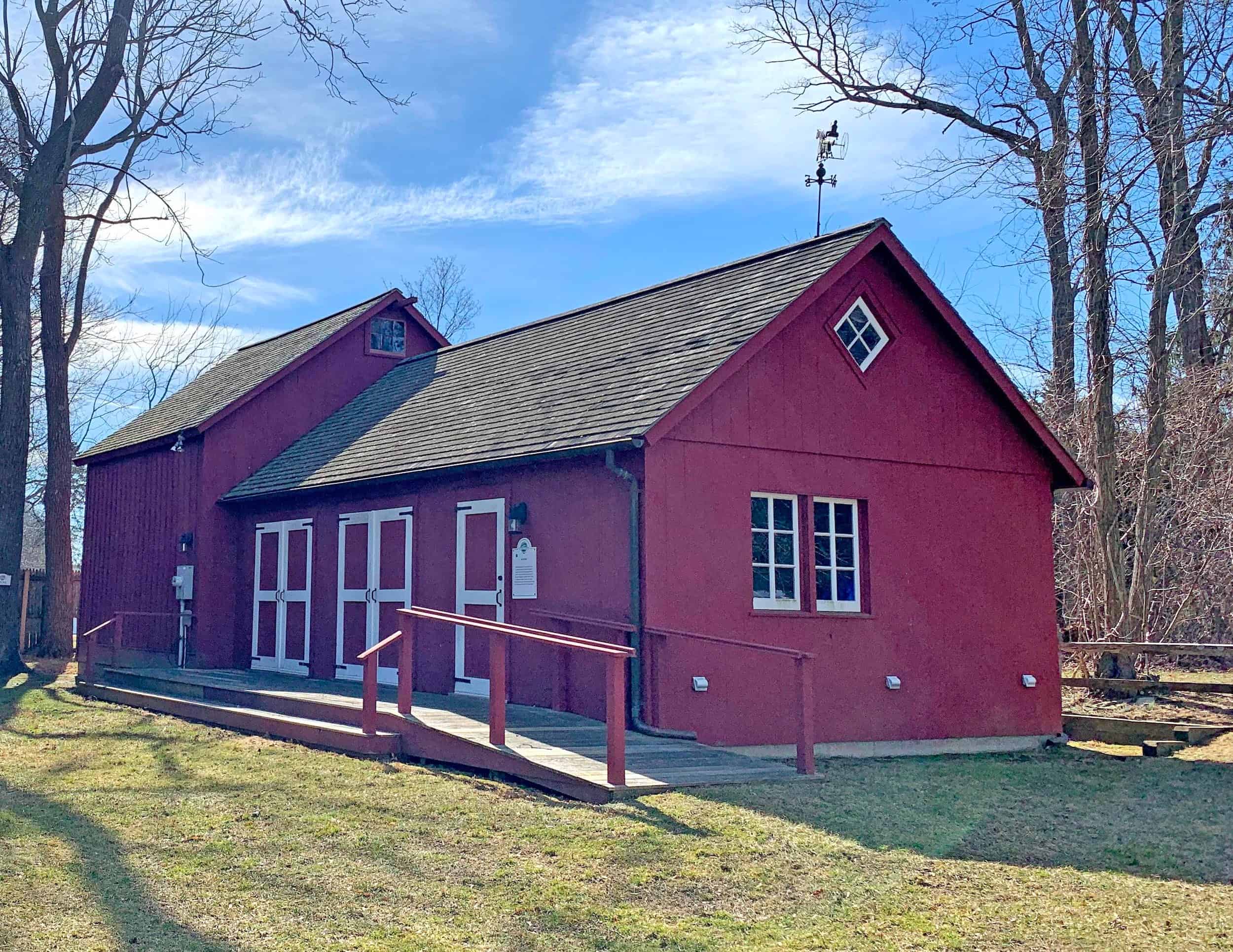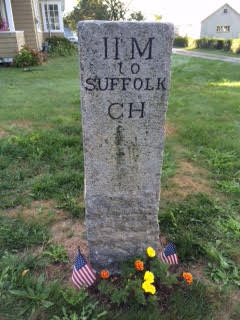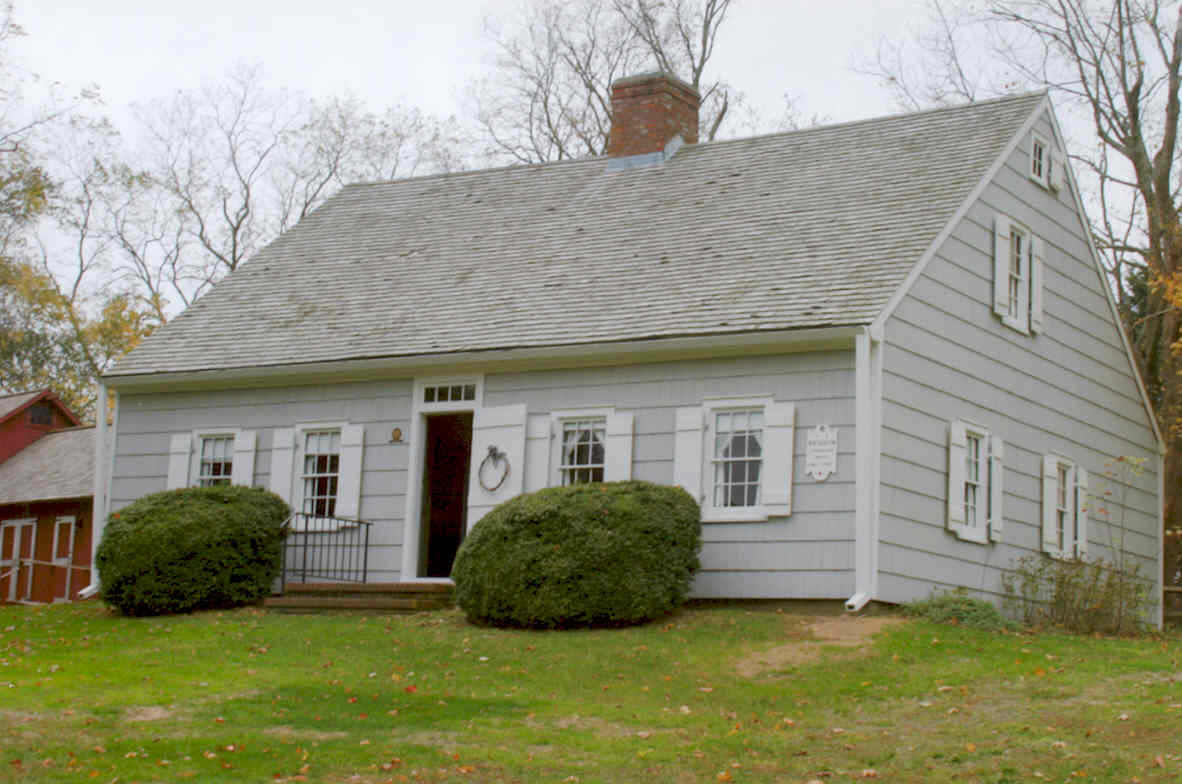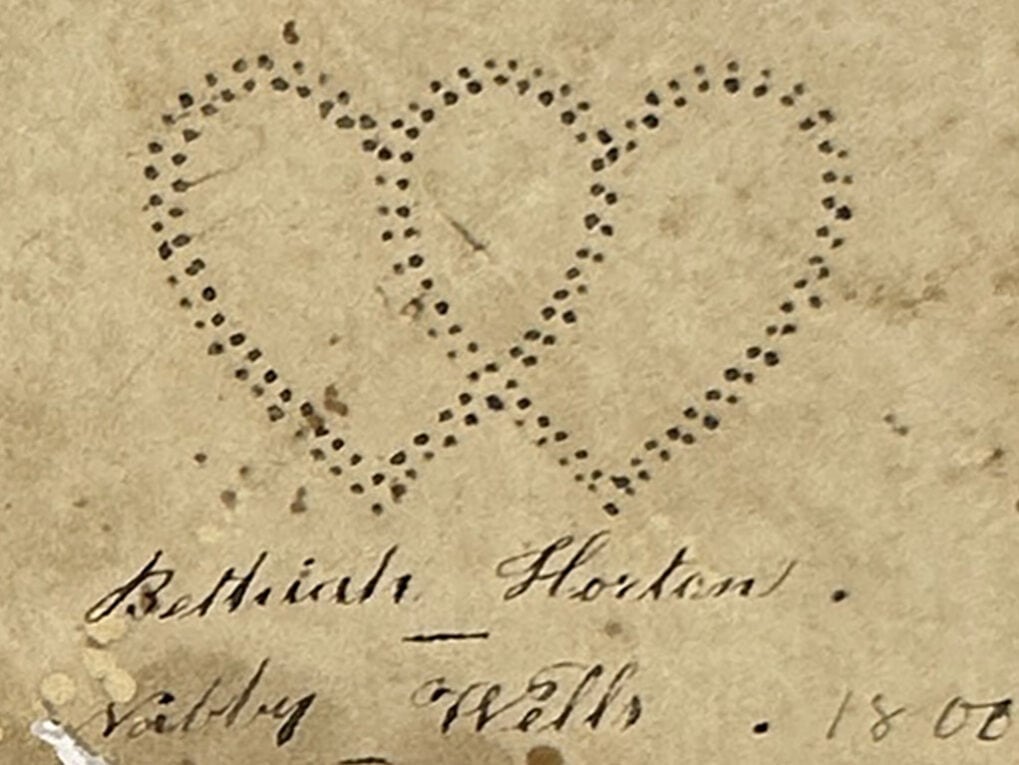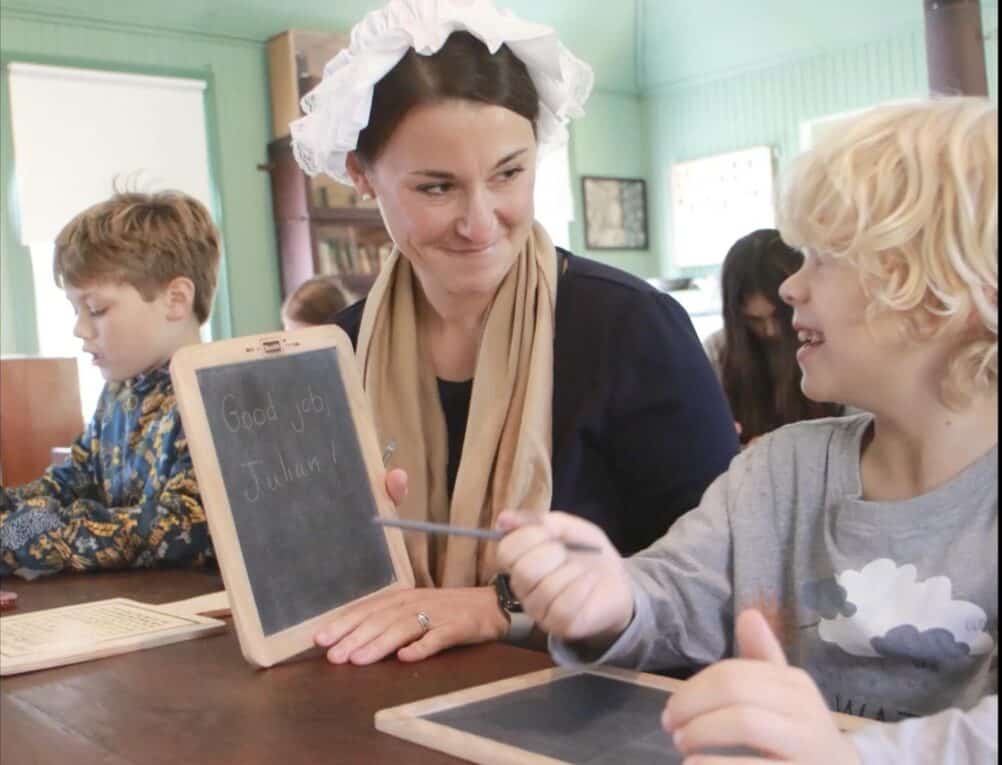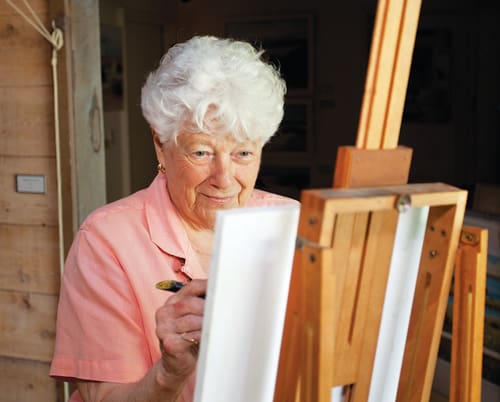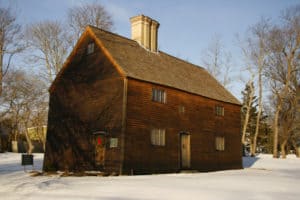While doing research in the Cutchogue -New Suffolk Library’s history room, under the guidance of Mariella Ortroski, I was going through the research material of Betty Wells that she used for her book Robins Island Reflections 1639-2001. In her research I stumbled upon a very old and rare love letter( that I’m going to call a Valentine) from 1800. This handmade valentine was written with a quill pen and ink in the period’s typical calligraphic style and florid penmanship. The multiple triangular folds indicate that it was tightly folded into some shape; most simply, it would have been a triangle of some type or possibly a more elaborate origami shape.
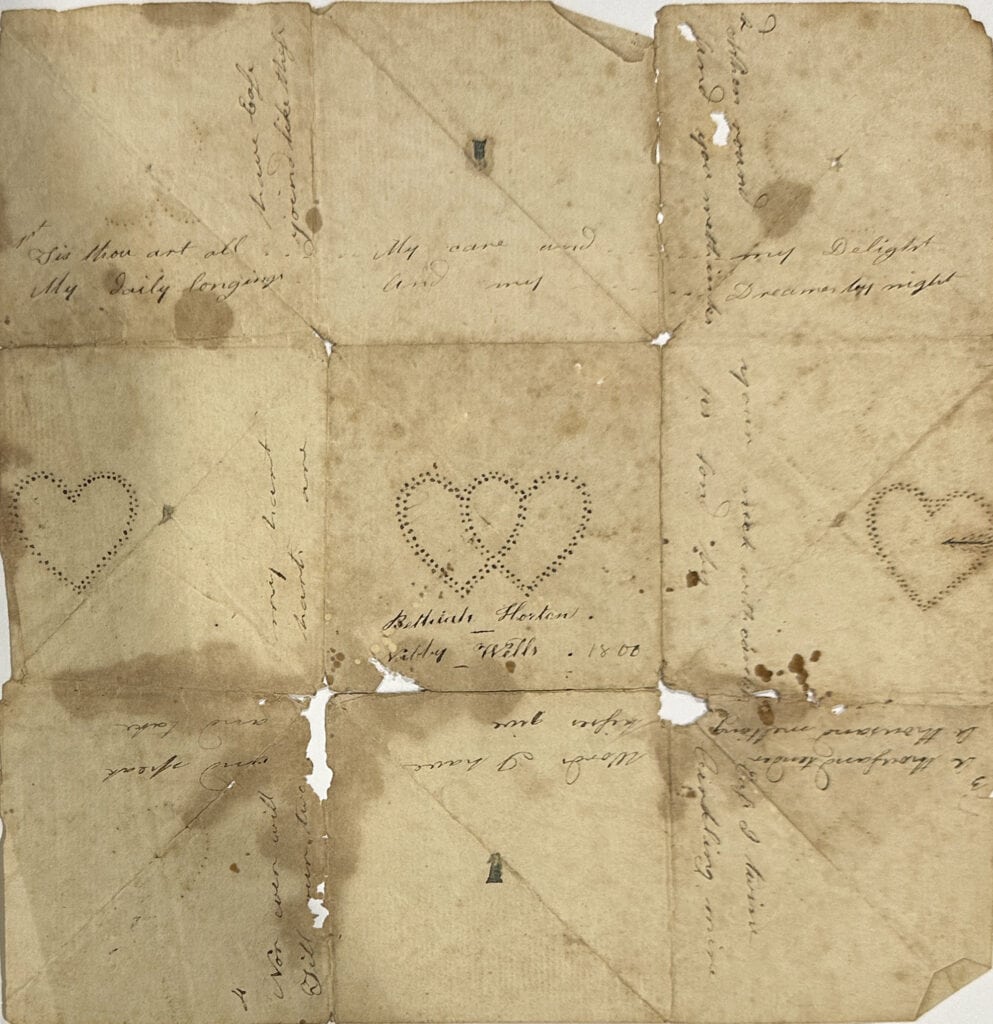
The writing is difficult to read, and the sentiment is difficult to follow, perhaps because the thought can only be followed when properly folded. This could be an original work or an adapted sonnet or poem from a more well-known writer. A google search of some lines yielded no results. It was accompanied in the folder by a recent attempt at deciphering it:
“For tis thou art all my care and my delight
My daily longings and my dreams by night
When round your neck with care and ease I twine
Find you, me thinks this form by linking mine.
A thousand tender words I have and speak a thousand (more?) give and take
Not ever will my heart have ease
Till our two hearts are joined like these.”
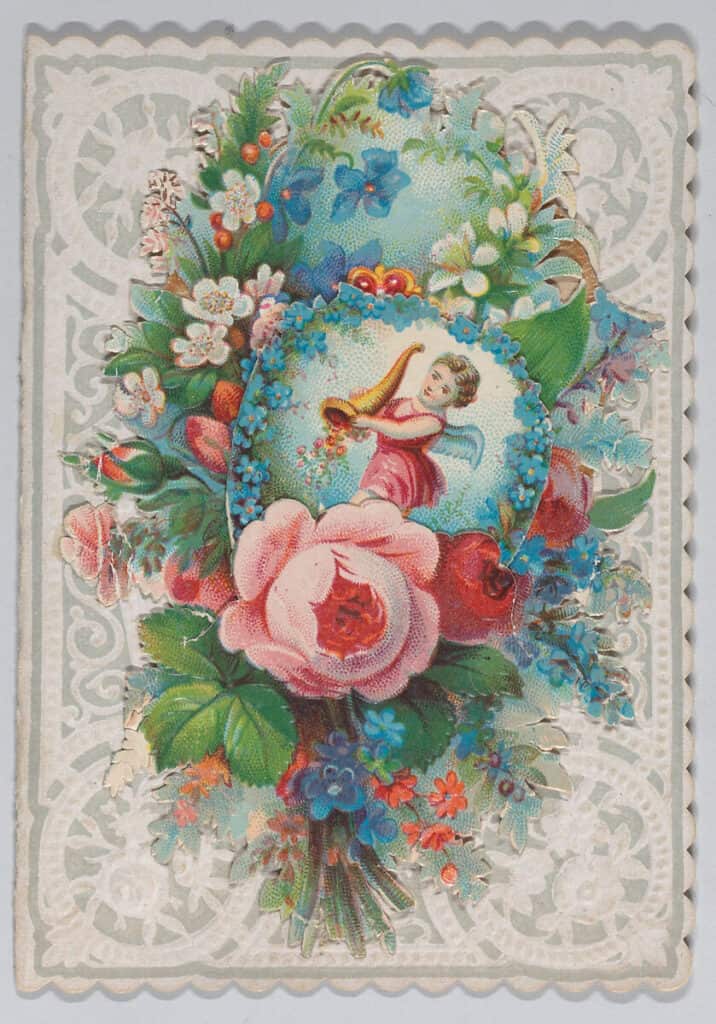
In the center are the poems’ subjects, Bethiah Horton and Nobby Wells, dated 1800. A quick search reveals many Bethiah Hortons in Suffolk County during this period and a few Nobby Wells in the general vicinity. I thought I might be reading Nobby wrong, but apparently, there were several people with this name at that time. (A proper name, not a nickname.)

If this is indeed a valentine, which it may well not be, a pre-Victorian era Valentine like this is a very rare find. At this early date, valentines were exchanged, but not often. (Records indicate that handmade valentines were exchanged as early as the late 17th century. ) As technology advanced during the 19th century, exchanging sentiments on Valentine’s Day became much more popular. The invention of chromolithography in 1840 was the beginning of a craze for exchanging cards and celebrating the holiday. The introduction of new technologies such as embossing, die cutting, and metallic foiling enabled printers to create more elaborate and creative cards, and as the mail became more reliable, everything was in place for the explosive fad of exchanging valentines that would last for over a hundred years.
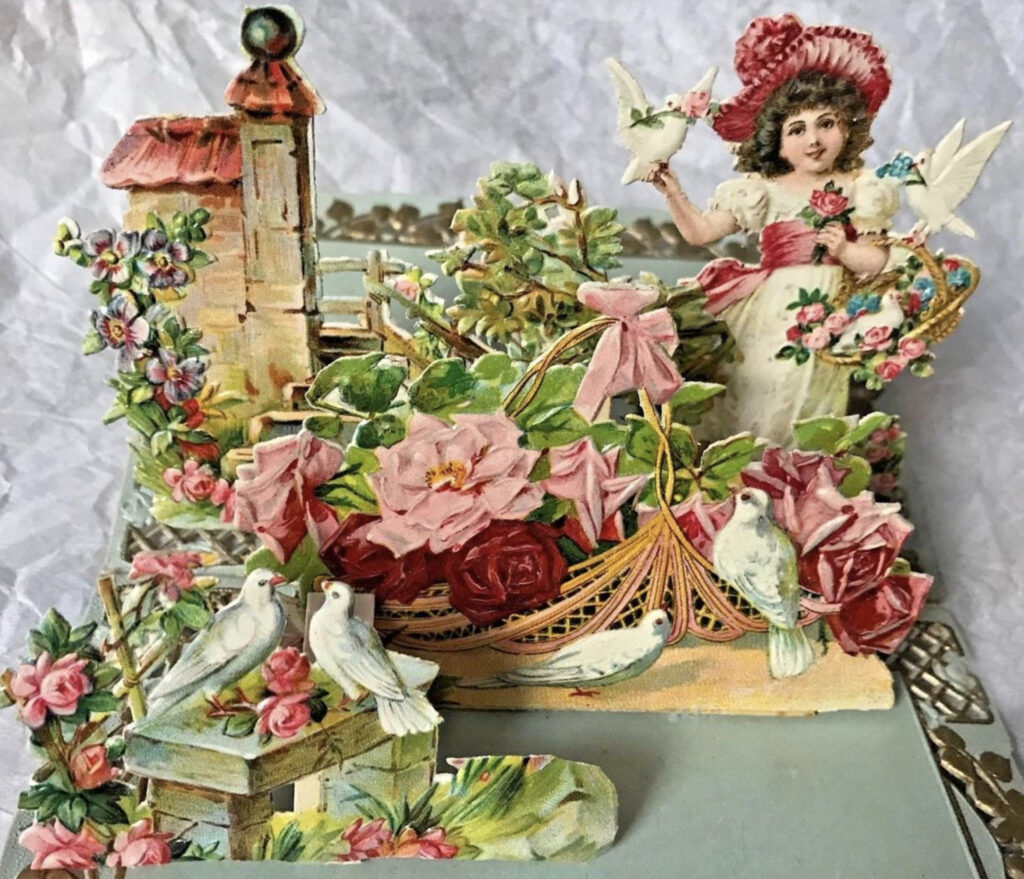
We’re used to seeing these more elaborate valentines of the mid-19th century, but there is a simple charm to the rustic beauty of this love note that is well over 200 years old.
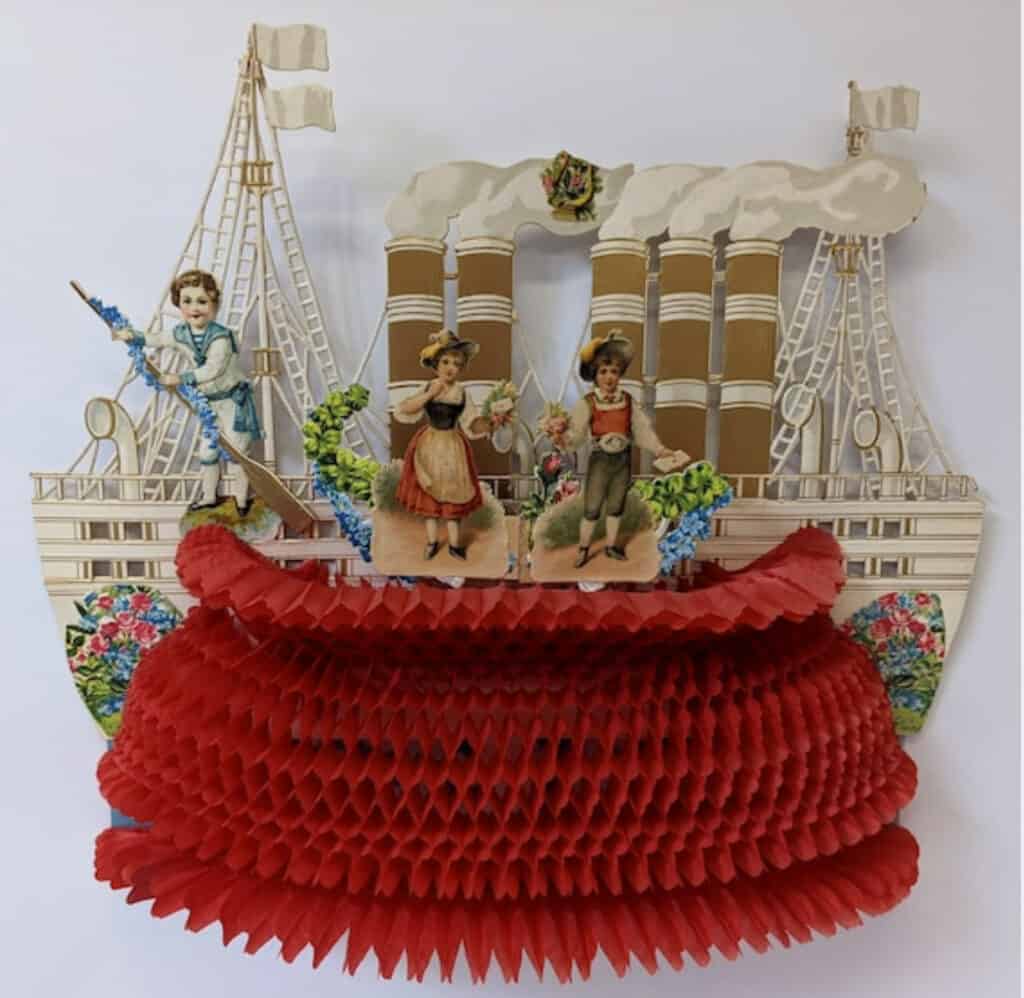
While it’s entirely possible that this is just a proclamation of love between two courters, it’s just as likely and more romantic to think it’s a Valentine’s sentiment as the holiday approaches.
